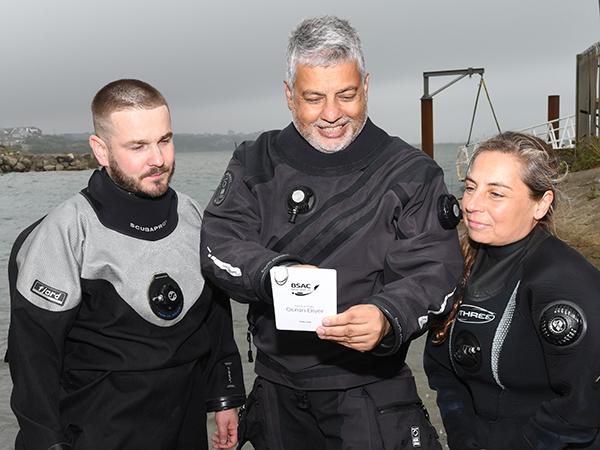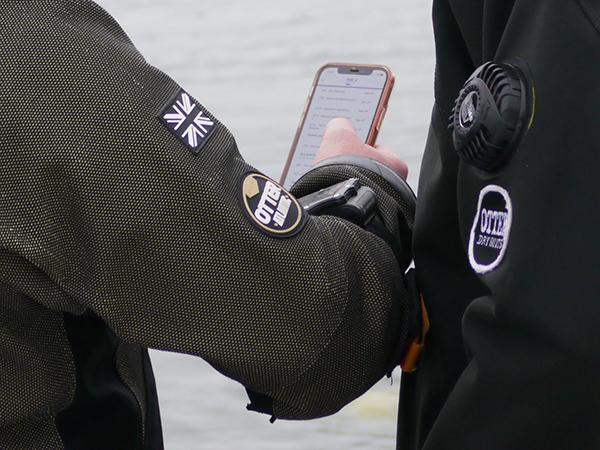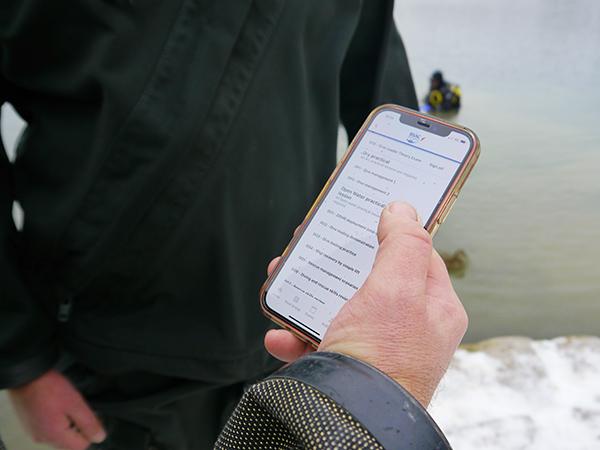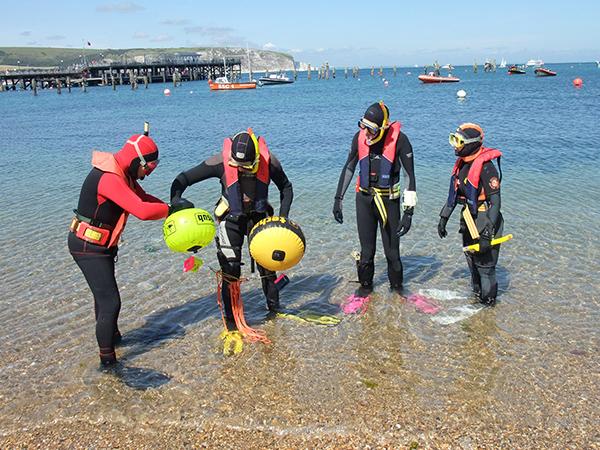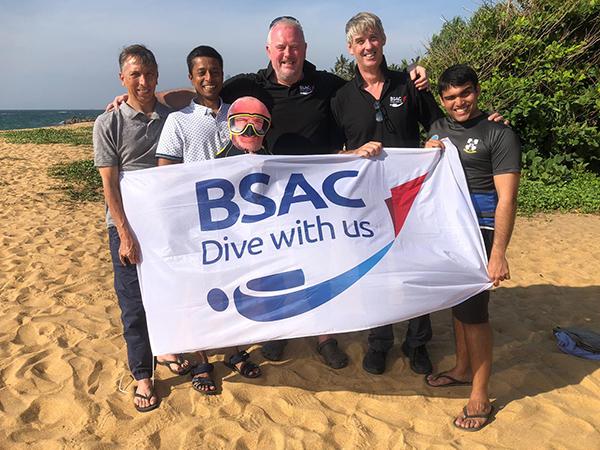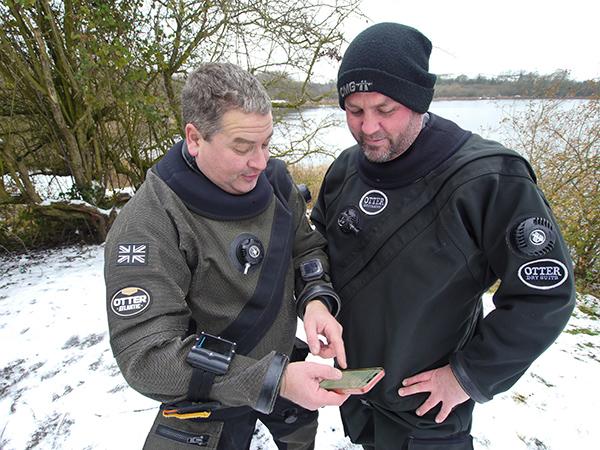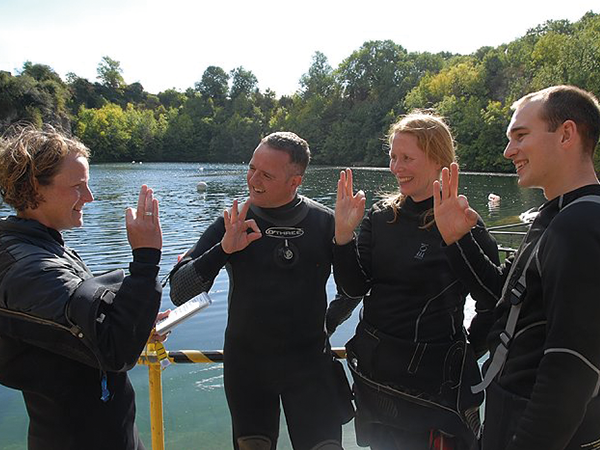The use of SEEDS as an acronym for use in a Brief is well established and understood. In providing a structure for a Debrief BSAC Instructor Training has made use of the acronym REAP to give an appropriate structure.
REAP stands for:
REVIEW
ENCOURAGE
ASSESS
PREVIEW
This structure can be used effectively for both diving and instructor debriefs.
In more detail the context is:
REVIEW
Review each of the stages of the dive or the lesson to remind all participants of what has gone before. This in essence tells the story or the dive based on what you saw or did and frequently is a reminder of just how much has been achieved. It is usually best to go through the sequence of the dive or lesson as this allows for a logical progression that can be easily remembered and followed. In the case of a dive then stepping through the logical stages of the dive entry, descent, arriving at the bottom of the shot, attaching distance line etc. will help you and your students recollect the dive in an understandable sequence. In the case of a lesson then it may help to note the key progressive steps of the lesson will have a similar effect.
ENCOURAGE
The very fact of the successful completion of a dive or a lesson is often encouragement enough for many people. By highlighting the sequence of events this emphasises further the extent of the achievement and so a simple reference to this can be sufficient. However, an instructor’s role is to maximise the benefits of this encouragement and so helping a student (or diver) to fully appreciate the extent of their success should be a key objective. Referring to the Essential criteria guidance using STEP, this can help focus further on the positive aspects of a lesson (or dive).
ASSESS
Assessment is often seen as a difficult thing to do. However, most of us are usually more critical of ourselves when asked how we did. In addition, when asked to suggest improvements it is frequently easy to find fault and focus on negative aspects rather than providing constructive feedback. In the case of an Instructional dive the assessment should properly identify any faults that were identified in student performance. However, this should not take the form of a criticism of the student but be used to highlight the fact that fault was identified and corrected, otherwise it is a failing of the instructor (rather than the student). In the case of a dive then likewise an instructor should have already provided and alternative suggestion or demonstration to improve for the next dive. In the context of Instructor Development again focussing on the Essential criteria guidance using STEP will provide structure and focus. You should avoid however, involving significantly more than one item of development for each of the STEP Criteria. If there is limited or no scope for providing guidance based on STEP then polishing performance will be based on the supporting criteria.
PREVIEW/PROGESSION
Finally pointing to the next step is the logical conclusion to this REAP debrief. The Progression should focus on how the points made in the feedback can be usefully implemented in the future. For a diver this may be on the next dive or guidance on how to broaden their overall experience. For a developing instructor it is important that they are not only guided in how to improve their teaching but also encouraged to record their learning.


